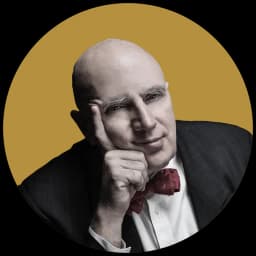With One of the Best Openers in Memory, Jazz at Lincoln Center Launches Its 20th Season at Rose Hall
Loren Schoenberg serves as musical director and host for a program that steadfastly refuses to round up the usual suspects from the swing era.

Jazz at Lincoln Center Orchestra With Wynton Marsalis
‘Hot Jazz and Swing’
Rose Hall, Through September 21
Streaming Through September 27
Please check your email.
A verification code has been sent to
Didn't get a code? Click to resend.
To continue reading, please select:
Enter your email to read for FREE
Get 1 FREE article
Join the Sun for a PENNY A DAY
$0.01/day for 60 days
Cancel anytime
100% ad free experience
Unlimited article and commenting access
Full annual dues ($120) billed after 60 days

